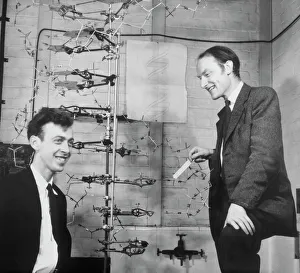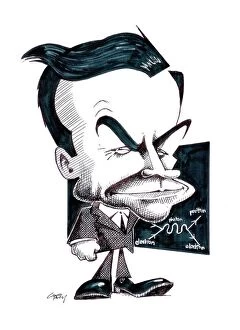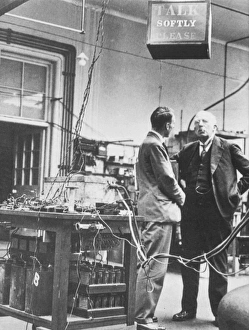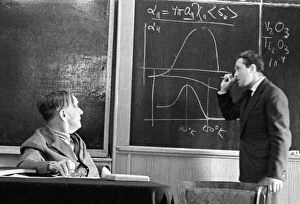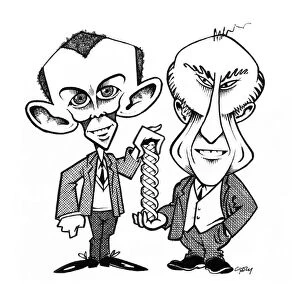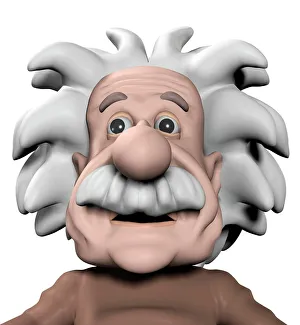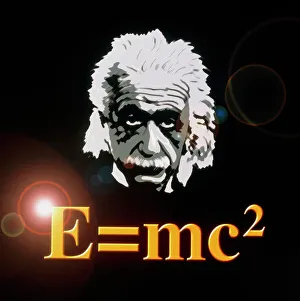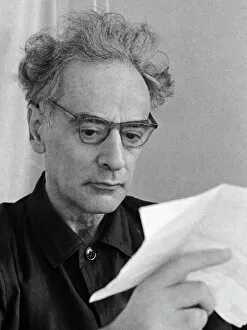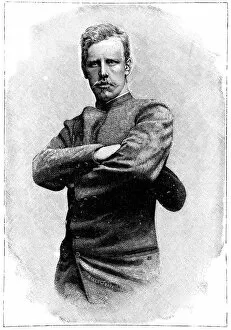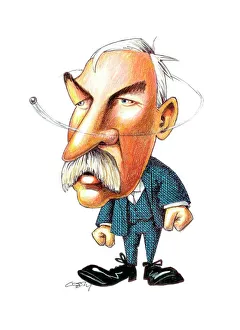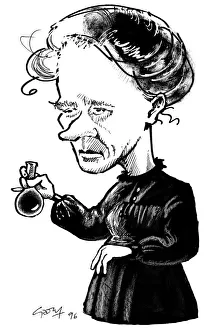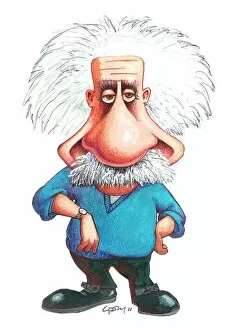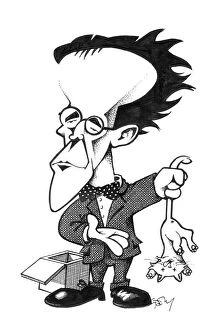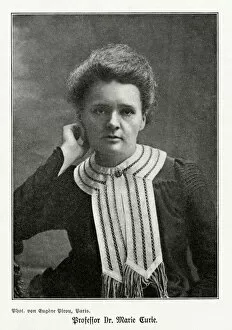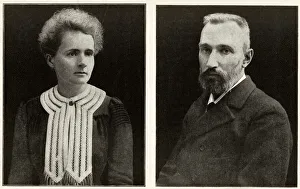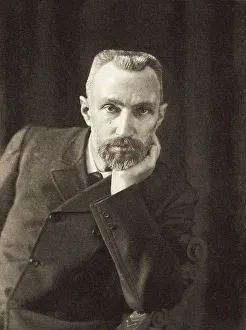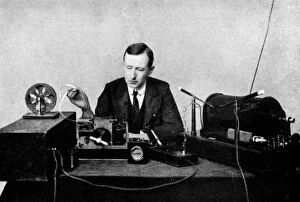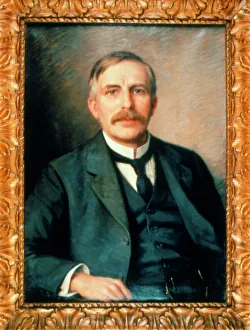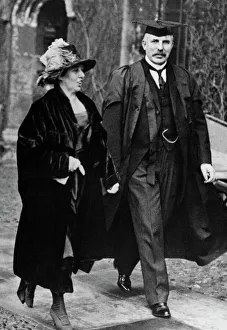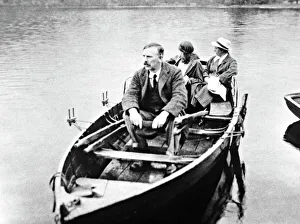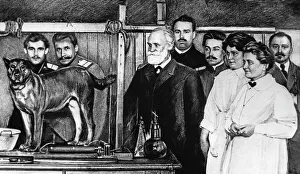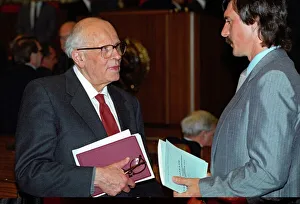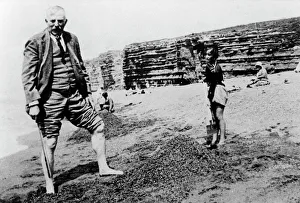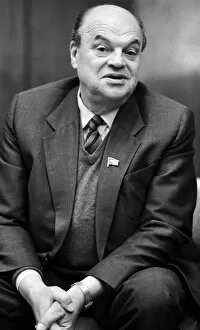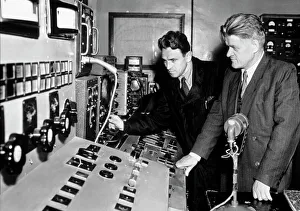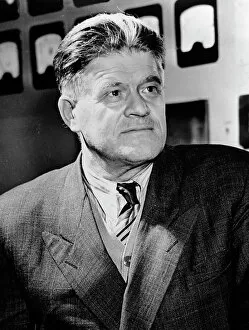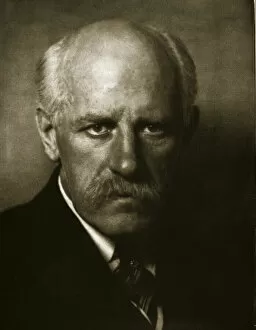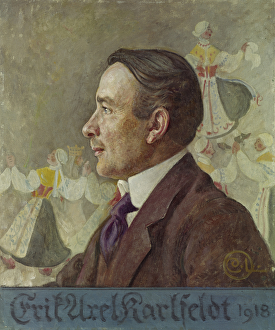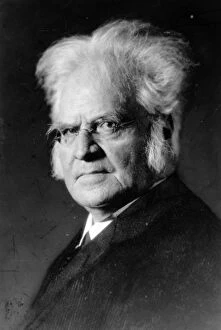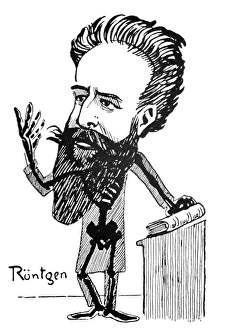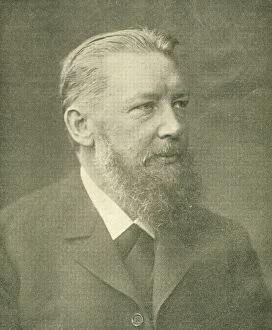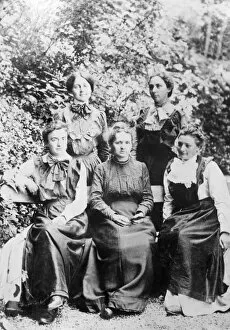Nobel Laureate Collection
"Nobel Laureates: Celebrating the Brilliant Minds that Shaped Our World" Watson and Crick with their DNA model: Unveiling the Blueprint of Life
All Professionally Made to Order for Quick Shipping
"Nobel Laureates: Celebrating the Brilliant Minds that Shaped Our World" Watson and Crick with their DNA model: Unveiling the Blueprint of Life. Richard Feynman, caricature C015 / 6715: A Maverick Genius who Redefined Physics. Albert Einstein: The Iconic Physicist Whose Ideas Transformed our Understanding of the Universe. E. Rutherford in the Cavendish Laboratory: Pioneering Discoveries at the Heart of Matter. Niels Bohr, caricature: Illuminating Quantum Mechanics and Revolutionizing Atomic Theory. Kapitsa and Androv, Russian physicists: Pushing Boundaries in Cold War Science. Watson and Crick, DNA discovers: Decoding Life's Greatest Secret - The Double Helix Structure. Albert Einstein, artwork: An Artistic Tribute to a Scientific Visionary Beyond Compare. Computer artwork of Albert Einstein and E=mc2: Visualizing Relativity's Groundbreaking Equation. Lev Landau, Soviet physicist: Exploring New Frontiers in Condensed Matter Physics. British physicist Prof. Peter Higgs C015/4138 : Unlocking the Mystery behind the Elusive Higgs Boson Particle Fridtjof Nansen, Norwegian explorer : Nobel Peace Prize Winner Who Bridged Nations for Humanitarian Causes These Nobel laureates have left an indelible mark on humanity through their groundbreaking discoveries, revolutionary theories, and exceptional contributions across various fields such as physics, biology, peace-building efforts, and exploration. Their relentless pursuit of knowledge has shaped our world today by unraveling life's mysteries at its most fundamental level or fostering global harmony amidst turmoil. Through their unwavering dedication to advancing human understanding, the legacy they leave behind continues to inspire generations to push boundaries, take risks, and challenge conventional wisdom.

